Last weekend, over a fabulous lunch in the sun at Barcelona’s Bar Donzell (which might just be my favorite new restaurant), my friend Sol shared that she’d recently signed up for seven-week biodynamic winemaking program at the David Baixas estate in Tarragona. The hands-on course, a recommendation from her boss, the owner of a Barcelona wine shop, is an intensive deep dive into Demeter-certified biodynamic viticulture: burying cow horns filled with compost to enrich soil fertility, brewing herbal teas from botanicals like yarrow and dandelion to stave off disease, and timing vineyard work—planting, pruning, harvesting—according to the phases of the moon. Sol, a food-loving French-Argentine whose formal education in wine began just over a year ago, is positively jazzed about the idea of sharing this experience with a group of strangers.
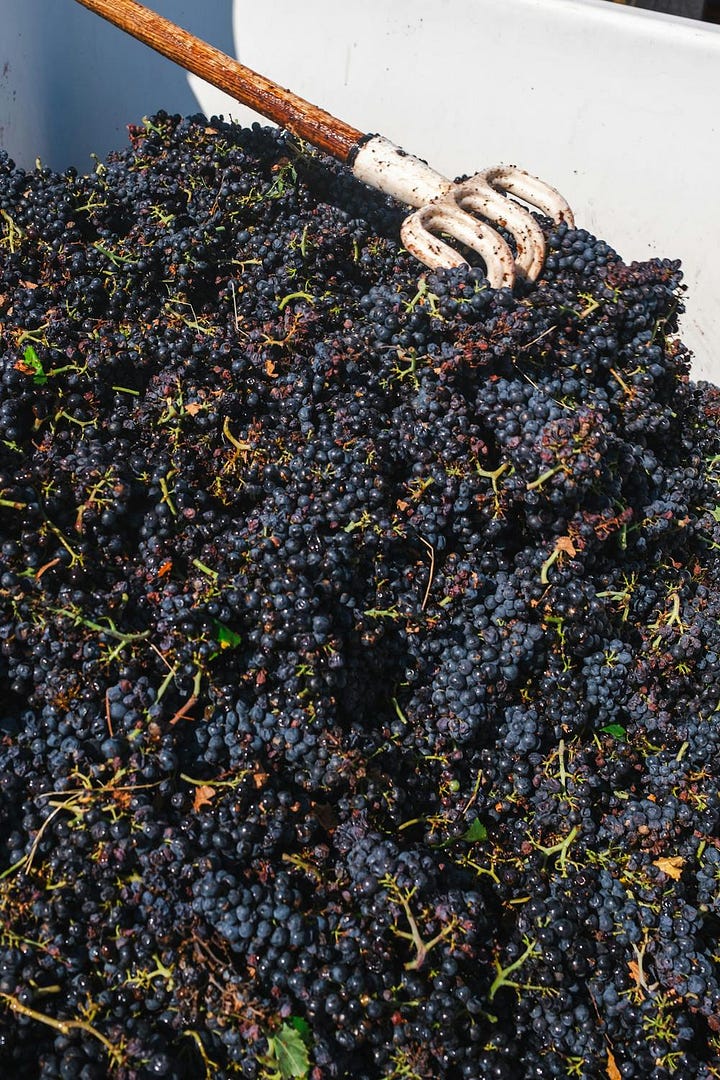
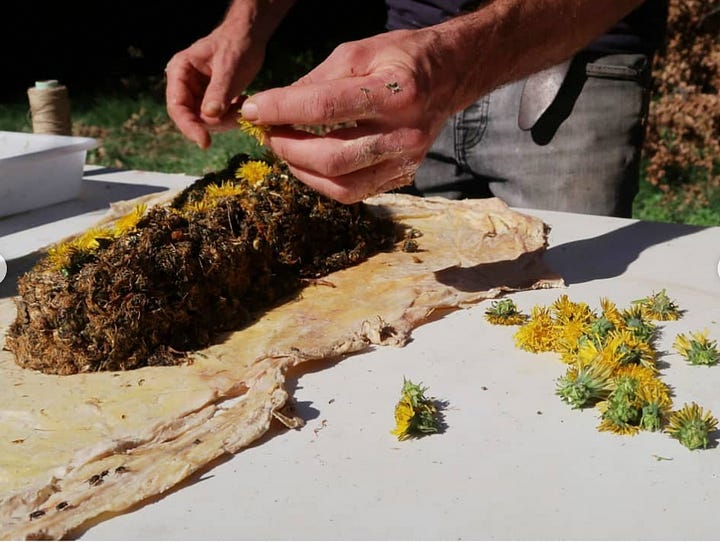
Her enthusiasm got me thinking. For someone who travels professionally, I shouldn’t be intimidated by group travel. I travel regularly with friends and family, and I’ve been on many a press junket. But unlike Sol, who clearly has no reservations about traveling solo alongside a group of strangers (and in the notoriously insular world of wine, no less), I’ve always shied away from these kinds of shared experiences.
Part of it is the introvert in me. I can only handle so much socializing before I hit a wall. (My December Spanish immersion—14-plus hours of conversation per day—nearly fried my circuits.) The other part is practical: with limited real vacation time, I want to spend it with people I love. And then there’s the lingering stigma around group travel—the idea that it’s something you do when you can’t find anyone else to go with. Like dining solo, but on steroids.
After chatting with Sol and other European friends who seem to have zero qualms about group trips, I’ve started to wonder if my hesitation is a particularly North American thing. Solo travel is so romanticized, but syncing up with a group of strangers almost seems like a compromise, or worse, an obligation. It’s also made me realize that the group travel I have done through work doesn’t really count—press junkets and research trips come with built-in social buffers. There’s always a structured itinerary, a professional angle to fall back on, and the ability to disengage under the guise of taking notes or catching up on emails.
This realization didn’t fully sink in until I caught up with my friend Kamila—a Barcelona-based photographer who travels frequently for work—after she returned from a group wellness retreat (which she attended as both a participant and professional photographer) in Catalonia’s Prades Mountain Natural Park. The program was centered on self-expression and guided by a Cambridge-educated psychotherapist. Kamila’s creative instinct—to step back and document the experience as objectively as possible—was at odds with what was being asked of her as a participant: to be present, to share, to stay off her phone and camera.
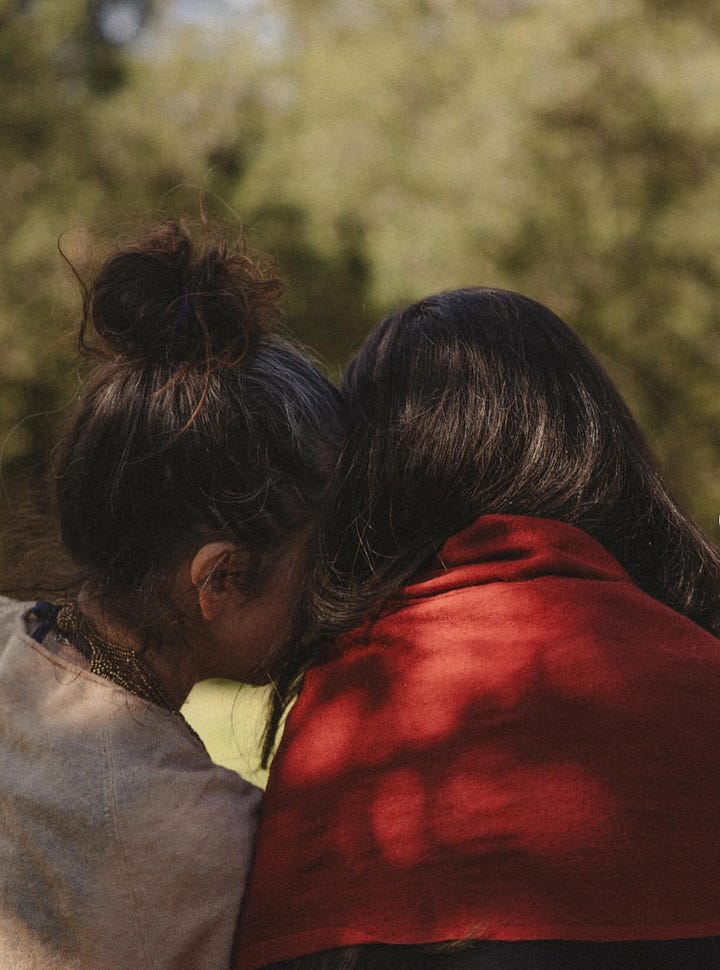

“The sidelines are a comfortable place to be,” she told me, and I felt that deeply. Talking to her made me realize that I, too, tend to approach group settings with one foot in, one foot out—always keeping a bit of distance, always reserving the option to disengage.
That’s part of what made my most recent Spanish immersion program such an eye-opening experience. For once, I couldn’t hide behind my usual crutches. There was no work angle, no reason to withdraw. I couldn’t even mask myself in studiousness, since there were no textbooks, tests, or any reason for independent study. Just 100-plus hours of conversation with total strangers—people of all ages, backgrounds, political beliefs, and socioeconomic profiles.
Maybe it’s due to covid or the fact that all the conversing was in Spanish, or perhaps it’s the fact that I haven’t worked in a physical office in years, but I was surprised by how rusty I felt at sustaining long, meandering conversations with people I’d just met—especially those whose worldviews were different than my own.
To a lesser degree, I had a similar experience last fall in Brazil. Philippe and I were staying at the super swanky Barracuda Hotel & Villas, in the Bahian beach town of Itacaré. One afternoon, we were invited out on the owners’ boat for a half-day sail and late-night beach bonfire—a six-hour outing we assumed would be private. So did everyone else. But when we arrived at the dock, we realized it was, in fact, a group experience.
“At first, we considered offering it as a private excursion,” Barracuda’s São Paulo-born owner Juliana told me later with mischief in her eyes. “But we loved the idea of making it a shared experience and surprising guests with the fact that they wouldn’t be alone.”
Barracuda is the kind of place where guests—the Swedish royal family among them—expect exclusivity. During the first hour or so on the boat, most people kept to themselves or chatted politely with their neighbors. And as the youngest people on the boat that day and the only ones who didn’t speak Portuguese, Philippe and I weren’t going to be the ones to break the ice.

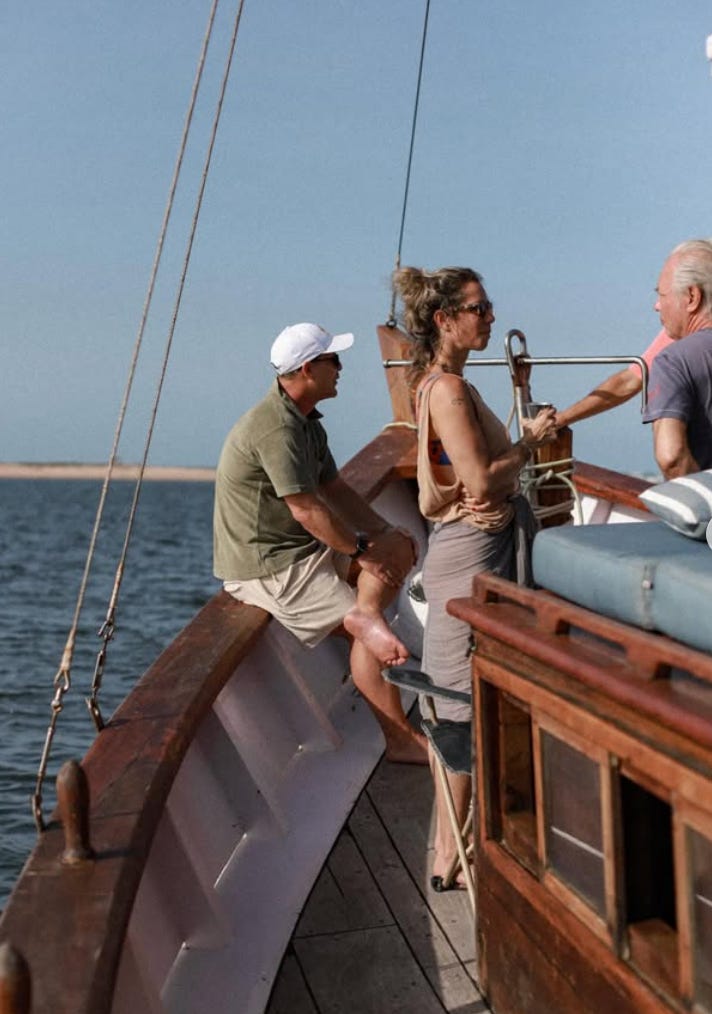
But as the afternoon unfolded—the wine flowed, we visited waterfalls and cruised through mangroves, and jumped in the waves just as the sun was setting—something shifted. Conversations deepened, barriers dissolved, and by the time we reached the island for the bonfire and cookout, we were no longer strangers. Someone brought speakers, and before you knew it, we were all dancing to Brazilian hits from the 1970s and slugging cachaça under the moonlight. It was easily the highlight of our time in Itacaré.
Between the intensity of my Spanish immersion, the friendships we formed on our Brazilian boat adventure, and the growing sense that I’m missing out on incredible group experiences here in Spain, I’ve decided: 2025 is the year I lean into group travel—and all the putting-oneself-out-there that comes with it. Not just trips where you sign up for sightseeing, but experiences where the people shape the journey as much as the place.
Here are a few that have caught my eye ...
Roads and Kingdoms has some seriously cool itineraries for 2025, including an extraordinary journey to Andalucía (May 5-12), centered on la almadraba—the 3,000-year-old tuna hunt that unfolds off the coast of Cádiz each spring. This high-stakes spectacle, where local fishermen employ age-old netting techniques to capture bluefin tuna as they migrate through the Strait of Gibraltar, offers a rare glimpse into one of Spain’s most storied maritime traditions. Leading the action-packed adventure is Alejo Sabugo, the former fixer/producer of Bourdain’s “Parts Unknown,” whose passion for Spanish gastronomy is unmatched.
Catalan photographer and Rowse founder Nuria Val regularly collaborates with other multi-hyphenates to create immersive wellness retreats, such as an upcoming “Pilates and Beauty Retreat” at Mallorca’s dreamy Finca Serena (April 19-22). Leading the workouts is Parisian-born It girl Alice Pilate, while Barcelon-based cult facialist Mariona Villanova will teach facial massage classes and perform treatments.


Tucked away in the foothills of the Sierra Nevada, Las Chimeneas is an enchanting village house in La Alpujarra, run by a British couple who have turned their passion for the region into a series of inviting retreats. Multi-day programs incorporate birdwatching, cycling, painting, and Andalucían cooking, or you can embark on one of the property's legendary trekking programs—including one led by former Genesis drummer turned Andalucían sheep shearer, Chris Stewart. British actor Richard E. Grant is a fan.
Ginger Running Club—the Madrid-founded community that has redefined female-led running culture in Spain—continues to host high-energy adventures in some of the country’s most beautiful settings. Their latest retreat took place on Mallorca, at Rafa Nadal’s Zel Hotel, and up next is a springtime getaway to Formentera (May 16–18). Runners will tackle two coastal circuits—an 8-kilometer and a 21-kilometer course—with plenty of post-run beach lounging to balance it all out.

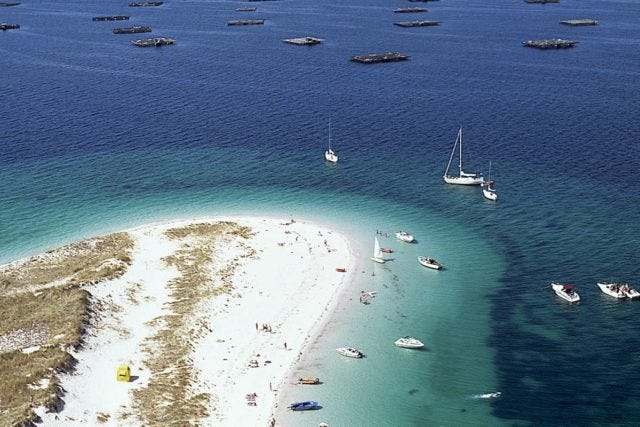
A creative retreat on Galicia's Isla de Arosa.
Galician artist Andrea Fernández Plata hosts creative retreats on her native Isla de Arosa, a tiny, seven-square-kilometer island paradise in Rías Baixas. These intimate gatherings bring together like-minded creatives for ceramic silkscreen printing workshops, illustration sessions, guided outdoor meditation, yoga, and an excursion to O Carreirón Natural Park. Past attendees have included well-known Spanish artists such as Susana Blasco.





Wow the Rías Baixas retreat looks incredible! Feeling inspired now to research some weekend trips 🚌